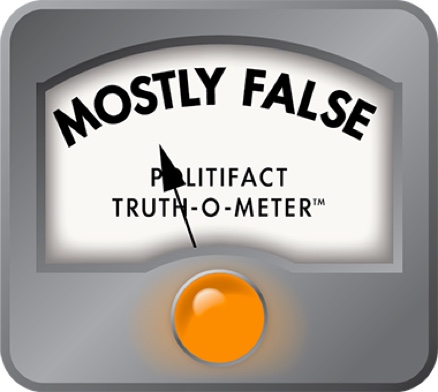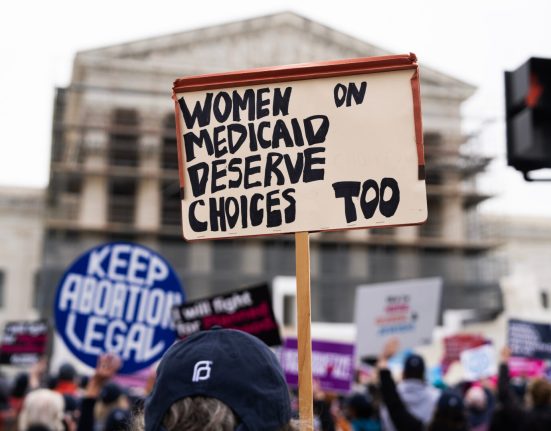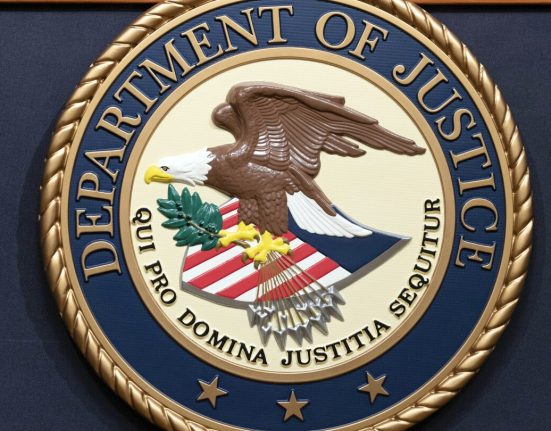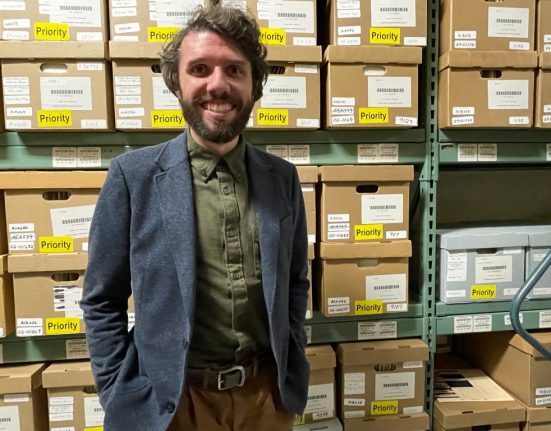U.S. Sen. Rick Scott of Florida criticized New York’s Medicaid program, saying it gets far more from the federal government than his home state and needs to stop covering undocumented immigrants and adults without chronic illness.
“Take Florida. I have four million more people who live in my state,” Scott said during an interview on Fox News Sunday. “New York gets $20 billion more for Medicaid than we get in Florida. Why? California – 65% bigger than Florida — they get three times as much money for the federal Medicaid program as we get in Florida. Why? Because blue state governors are gaming the system to take care of illegal immigrants and adults without chronic illness. Let’s focus the programs on what people need.”
New York receives more federal Medicaid dollars because the state spends more of its own state taxpayer dollars, in part because of expanded eligibility rules that cover people in circumstances that other states do not, thus qualifying for more matching federal dollars in many but not all cases.
Republicans in Congress want to penalize states that use their own funds to cover undocumented immigrants by reducing the federal matching funds rate for states that expanded coverage to new adult enrollees under the Affordable Care Act, according to KFF, a nonpartisan group that provides health policy information.
New York has 19.9 million people and Florida has 23.3 million people, according to the July 2024 population estimates published by the U.S. Census. That’s a difference of 3.4 million people.
Sign up for PolitiFact texts
We asked Scott’s office for evidence of his claim, and his staff sent us a December 2024 report called MACStats from the Medicaid and CHIP Payment and Access Commission, a nonpartisan government agency. It shows Florida received $22.7 billion in federal funds for Medicaid in fiscal year 2023. New York received $60.1 billion. A KFF analysis shows similar figures for the same year: Florida received $22.6 billion and New York received $62.4 billion. The differences, ranging from $37.4 billion to $39.8 billion are even higher than the $20 billion gap that Scott claimed. State taxpayers in Florida contributed $12.1 billion to cover Medicaid costs. New York state taxpayers paid $34.5 billion, according to MACStats.
The federal allotment for the Children’s Health Insurance Plan, or CHIP, was $714.6 million in 2024 for Florida, while New York got about $1.5 billion.
Robin Rudowitz, vice president at KFF and director of the Program on Medicaid and the Uninsured, told PolitiFact that states do not “get” federal Medicaid. Medicaid is a matching program, so the federal government matches state spending for eligible people and services. But the federal share may vary across states. States have flexibility to design their programs within broad federal rules, she said.
New York has a generous Medicaid program compared to other states, extending coverage to more people. New York has 7.6 Medicaid enrollees, while Florida has 5.4 million.
New York allows in the program non-disabled adults who have incomes up to 138% of the poverty level, and the federal government pays 90% of those costs, part of an incentive in the Affordable Care Act to expand health insurance coverage. New York has 2.1 million expansion enrollees. The Empire Center found that New York received $15.2 billion in federal funds for these adults, second in the country behind California. Florida is one of 10 states that did not expand its Medicaid program.
While Scott claims these expansion enrollees do not have chronic illnesses, KFF found that across the country they used more health care relative to other adults who are eligible because of their low income, likely reflecting one-third have a chronic physical health condition and one-quarter have a chronic behavioral health condition.
Unlike adults covered by the expanded criteria, the federal government does not pay for coverage of undocumented immigrants, with the exception of emergency care in life-threatening circumstances, which federal law requires of all states.
In New York, most undocumented individuals are not eligible for full Medicaid coverage. The federal government does not send matching dollars for the small subset enrolled in New York State Medicaid, said a state Department of Health spokeswoman. The spending on emergency care for undocumented people has been largely flat for the last five years.
New York has used state-only funds to extend coverage to some people age 65 and older, regardless of immigration status, depending on their income. The state also pays for coverage for undocumented income-eligible children and pregnant people. There is greater Medicaid access in New York for lawful immigrants, refugees, asylees, victims of human trafficking, and other special categories. Federal funding is used for some of these lawful groups.
A KFF/Los Angeles Times survey in 2023 found that when immigrants were asked whether they had access to health care, New York was among 13 states in the most generous category – “more expansive coverage” – and Florida was in the least generous category – “least expansive coverage.”
Our ruling
Scott claimed that although New York’s population is smaller, it receives more federal Medicaid dollars than Florida because it covers undocumented immigrants and adults without chronic disease. The population figures he used were slightly off, and the actual difference in federal Medicaid spending in the two states was bigger than he said.
New York extends Medicaid benefits to some undocumented immigrants: children and pregnant people and people over age 65. But Medicaid coverage for these groups is supported by state funds not by any federal funds.
One aspect of his statement is correct. New York, unlike Florida, expanded Medicaid under a provision in the Affordable Care Act to cover some adults without chronic illness. Coverage for those enrollees is partially paid for with federal funds.
Scott’s claim contains an element of truth but ignores critical facts. We rate this Mostly False.







